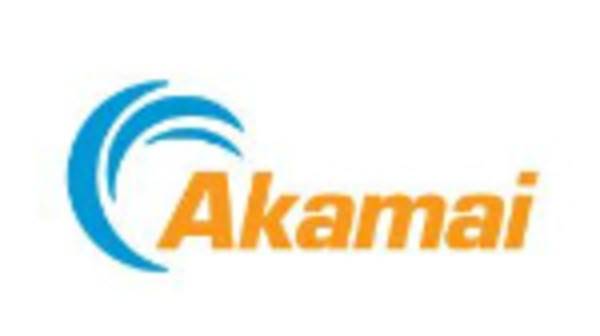Last week, my colleague David Strom reported on the latest annual “State of the Internet” report from content delivery network Akamai. The report showed that while Americans are finally experiencing faster average broadband speeds on a quarter-by-quarter basis, those speeds only began eclipsing those of Sweden in the second half of 2010, and still have about 40% of gap to close if it hopes to achieve par with Japan – which, at this rate, it might do in about a decade.

If Web connection speeds are, as Google has said so often in touting the performance of its Chrome Web browser, essentially a product of end user perception, then perhaps any technology that applies itself solely to improving that perception will be at least as worthy of investment, if not more so, than investing in the Internet backbone itself. That’s the conclusion Akamai itself has reached in its buyout of two-year-old Web front-end optimization service Blaze.
The big problem with Web content (and we should know) is that it’s an amalgam of hundreds of cobbled-together resources, often from diverse sources. As analysts from Blaze told our Dan Rowinski last year, fewer than half of all Web sites are optimized for display on mobile devices.
Blaze’s core service is content optimization. It literally connects to CDNs like Akamai to fuse together high-traffic pages whose content is made up of tons of little bits, with the result being bigger chunks that get downloaded faster. For some, the Web will have gotten so fast they’ll forget they’re in America.
In a corporate blog post for Akamai today, Blaze CTO Guy Podjarny made it clear the acquisition was not just a play for assets, that Akamai is getting Blaze’s engineers as well. The Blaze philosophy is being welded to the Akamai ethic.
“Modern browsers are practically operating systems, exposing powerful and complicated capabilities to websites, supporting desktop-like experiences over the Web,” Podjarny writes. “This new world brings with it new bottlenecks which require new solutions. These solutions can’t just live on the network. They have to get inside the browser and change the way it sees and processes the page. New systems need to understand HTML instead of TCP headers; JavaScript instead of routing; CSS instead of caching. Such systems are at the core of Front-End Optimization (FEO), and are a natural next step for a CDN today. There’s no doubt caching and DSA will remain critical for the foreseeable future, but without FEO, you can only go so far. The combined solution of CDN and FEO is what’s really exciting – accelerating every step between the server and a usable page.”
Some of Blaze’s optimization technologies utilize HTML5 methodologies, even if your Web site isn’t even really HTML5. For example, its adaptive cache technique collects many of a page’s resources, especially the ones that get reused multiple places, into a single client-side cache that can be polled using HTML5 markup. When multiple pages tend to use the same resources, Blaze can generate a persistent cache using HTML5’s method for generating up to 5 megabytes of local storage that doesn’t expire automatically.





















